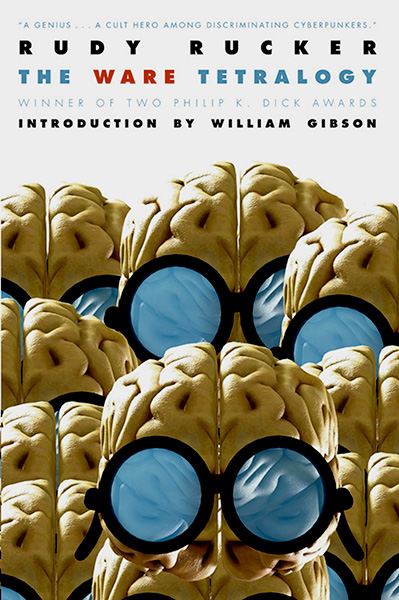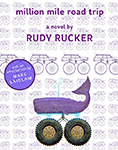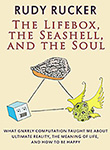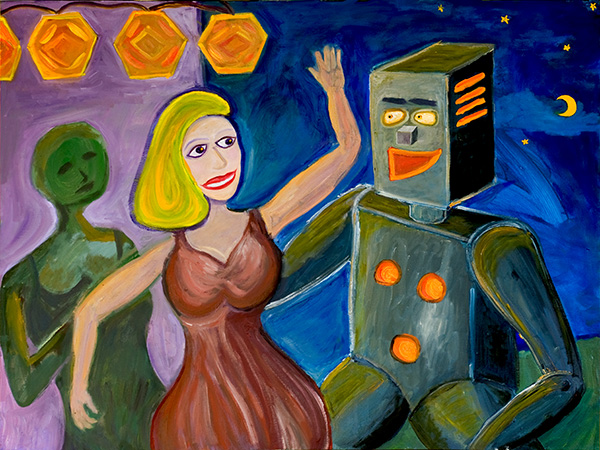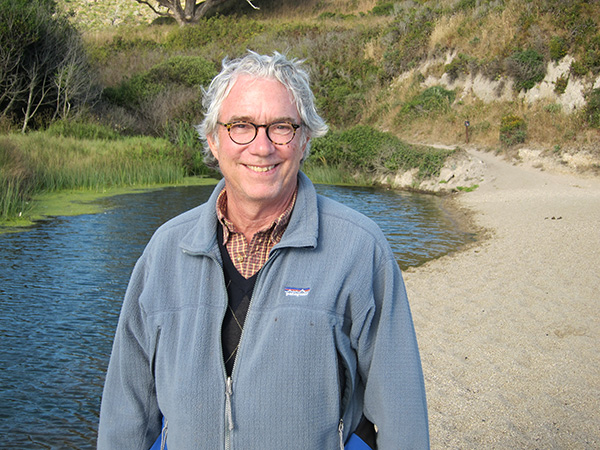A read a several year’s old book by Bruce Wagner last week, Still Holding, and I just got The Chrysanthemum Palaceout of the library. I kind of like Wagner, he writes these very dark and hip stories about Hollywood characters. He’s a master of California dialect. And now and then he unleashes these really poetic streaks.
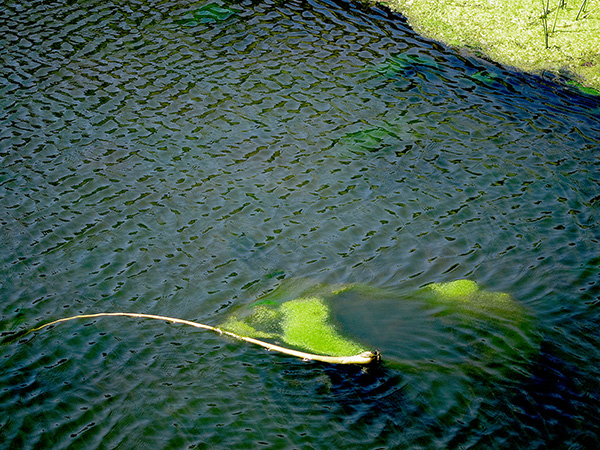
This said, you need to be careful to to read some Bruce Wagner books while eating a meal—I do often read while eating lunch, and several times the Wag-Man spiked my appetite with some truly gross scene. “Rude Chuckles with a Negative Charge,” as Robert Williams wrote as motto on the cover of Cocaine Comix a few years back.
I can’t quite figure out what kind of guy Wagner is. In Still Holding he goes off on these really intense riffs about Buddhism, maybe in a kind of overdone Hollywood maven kind of way. He kind of makes Buddhism square, like interior decorating magazine article, or a Lives Of The Saints schtick, or a Neimann-Marcus catalog. Maybe he’s doing this on purpose to make fun of Hollywood. Or maybe he just over-researched the topic.
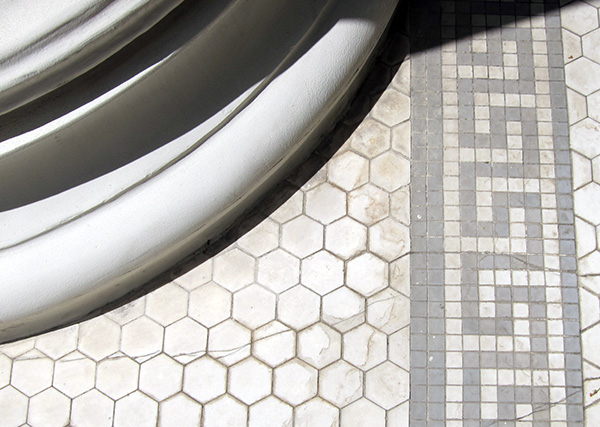
There’s also something a little cruel in his attitude towards his characters. In Still Holding a couple of the characters die fairly horrible deaths, and if feels…unkind. I’m thinking there’s this Hollywood thing of “going for the tough ending” that some people think is artistic and avant-garde. My feeling on this is that we all know that life is full of hideous pain, so why harp on that in a work of fiction that many readers are likely to be using for escape and entertainment.
Wagner seems to have befriended the aging sixties drug-shaman Carlos Castaneda during the nineties, see this 1994 interview with Carlos that Bruce did.
It seems like his novels should have been made into big movies, but I think there’s only some indie releases. Whatever gripes I have about him, Bruce Wagner’s novels are tasty page-turners. [And, see my Aug 17, 2010, comment at the end of this post, The Chrysanthemum Palace is incredible, rising above any criticisms I ever had.]

I finished reading Andrew Hodges, Alan Turing: The Enigma, a long and good biography. I relate to Turing in many ways. I went ahead and wrote another story about Alan, “Undifferentiated Tissue.” I’ll be running this in the next issue of Flurb. I’m lining up some good stuff for the coming issue, which is #10.
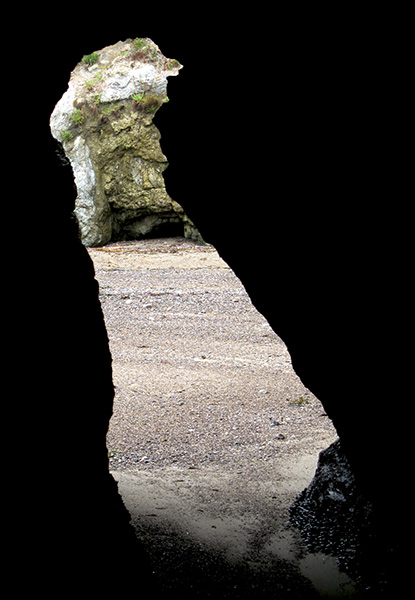
I went out painting en plein air on a beach near Davenport with my friend Vernon Head again today. Vernon just got a portable oil kit, and I have a kit cobbled together with a collapsible aluminum easel and a lot of stuff in a knapsack. Vernon is a really skilled painter, he gets the colors right, and his pictures look like Corots. He likes my approach, although he always laughs and says “Why do you even go out for en plein air painting, when you’re going to make a picture like that?” Vernon has some of his images up in an album on his Facebook page…the album is public, so you should be able to see it, although you will need to log into Facebook first. Vernon paints really well, it’s kind of humbling.
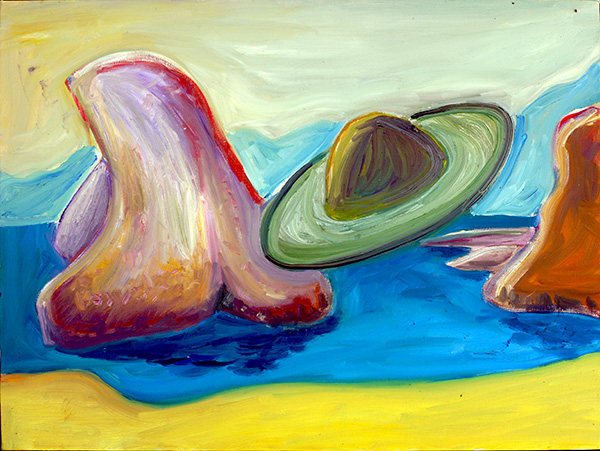
This is a rough first layer of a new painting “Beach Saucer” that I got done today. I think I’ll add some figures on the beach, maybe fleeing or waving humans or maybe aliens. Maybe some birds in the sky.

I’m working on two more SF stories as well, a couple of collaborations with writer friends, one with Paul Di Filippo, one with Eileen Gunn. I really enjoy writing, although it’s also stressful and hard. As I always say, I like the craft of it, and the dreaming.
Writing stories is kind of weird, it’s like painting a miniature. You keep having to prune back avenues of investigation and get to the point. If you think in terms of getting “high” on your art, then doing a story is like smoking a roach of seeweed that you found in your car ashtray. And writing a novel is like, say, having a kilo of merge to polish off. I’m a glutton for the “narcotic moment of creative bliss,” as the John Malkovitch artist-prof character says in Art School Confidential. But I’ll settle for the ashtray roaches for awhile, that’s cool too.
